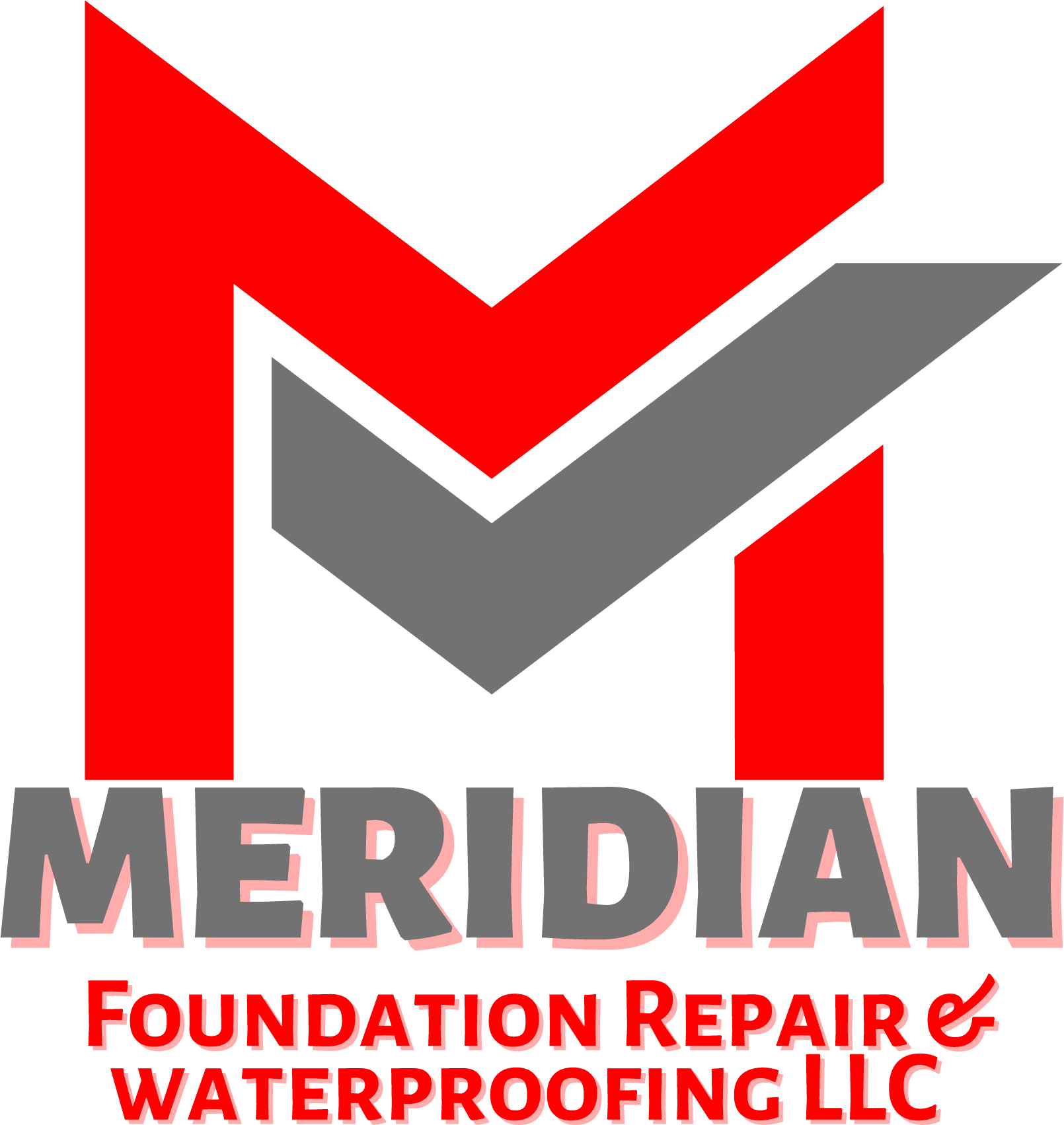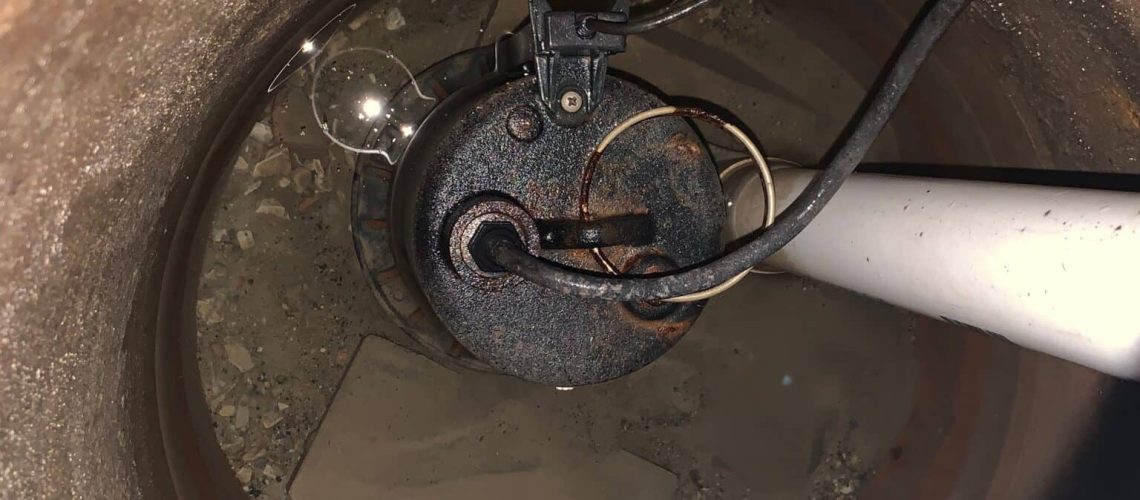Household systems revolve around the sump pump, which plays a crucial role in preventing water damage. However, just like any dedicated protector, sump pumps are not immune to the effects of time and usage. Identifying the signs of an aging or inefficient pump is the initial step in safeguarding your home’s integrity. In this exploration of sump pump enhancements, we will embark on a journey through the indications that indicate the need for a new system, discuss the essential factors to consider when choosing the appropriate replacement, and provide guidance on the intricate process of a successful installation. Join us as we unravel the enigmas of sump pump maintenance and upgrades, empowering you to fortify your home against the unpredictable forces of water and weather.
Signs It’s Time For An Upgrade
Age Matters: Consider the advancements in sump pump technology over the years. Newer models often come with improved efficiency, better materials, and enhanced features. If your sump pump is reaching the 10-year mark, upgrading to a more modern version may provide superior performance and increased reliability.
Frequent Breakdowns: When facing recurrent breakdowns, assessing whether repairing the existing pump is a sustainable solution is essential. The cost of frequent repairs can quickly add up, making an upfront investment in a new sump pump a more financially prudent choice. Newer models also benefit from updated components that are less prone to malfunctions.
Decreased Efficiency: A sump pump that struggles to handle water inflow or makes unusual noises is indicative of reduced efficiency. This inefficiency can lead to an increased risk of basement flooding. Upgrading to a more powerful and efficient model ensures that your home is adequately protected, especially during periods of heavy rainfall.
Increased Flood Risk: Home renovations, additions, or changes in landscaping can alter the water flow around your home, impacting the effectiveness of your current sump pump. If your living situation has evolved since the initial installation, upgrading to a pump with a higher capacity ensures that it can handle the increased load and protect your home effectively.
Choosing the Right Replacement
Consider Smart Technology: Smart sump pumps offer homeowners an unprecedented level of control and awareness. With features like remote monitoring and automatic alerts, you can stay informed about your basement’s status from anywhere. This can be particularly beneficial during vacations or extended periods away from home, providing peace of mind in real time.
Assess Your Basement Layout: The layout of your basement plays a crucial role in determining the most suitable sump pump. Submersible pumps, placed directly in the pit, are ideal for finished basements, as they are discreet and quiet. On the other hand, pedestal pumps, with their raised design, are easier to access for maintenance, making them a practical choice for unfinished basements.
Installation Steps:
Ensure Proper Ventilation: Overheating can compromise the performance and lifespan of a sump pump. During installation, make sure there’s enough space around the pump to facilitate proper airflow. Additionally, consider installing a vent to enhance ventilation, especially in confined spaces.
Secure Backup Power: The battery backup system is a lifeline during power outages. Regularly check the battery’s charge status and ensure that it is properly connected. Periodic testing of the backup power system guarantees it will seamlessly take over if the primary power source fails.
Establish a Maintenance Schedule: A well-maintained sump pump is a reliable one. Create a routine maintenance schedule that includes tasks such as clearing debris from the pit, testing the float switch, and ensuring the discharge pipe is free of obstructions. Regular maintenance not only prevents potential issues but also extends the lifespan of your sump pump.


